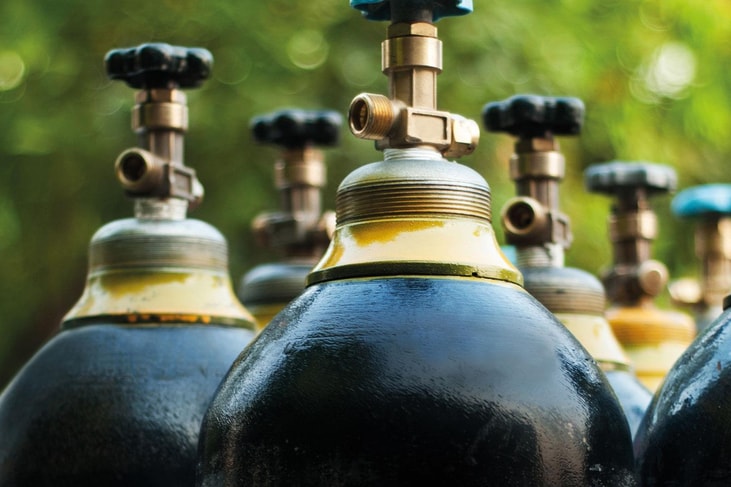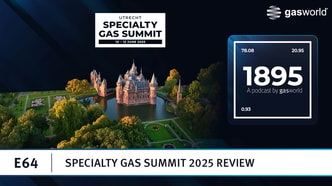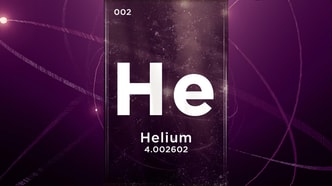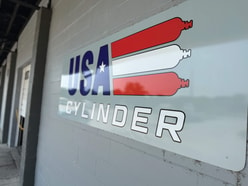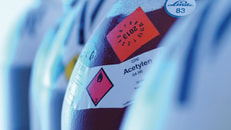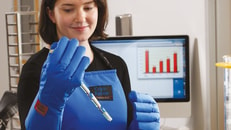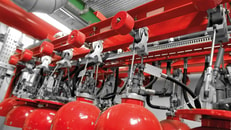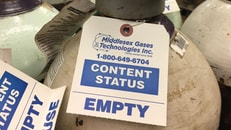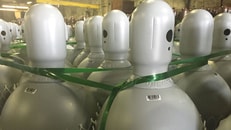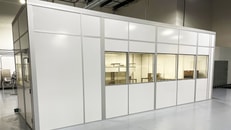Trends in packaged gases: All signs pointing up for another positive year
A major component of the US industrial gas business involves the distribution of packaged gases. These include all kinds of gas products, including industrial, medical, rare, and specialty gases at variable purity levels and pressures.
Packaged gas delivery modes include cylinders, dewars, and microbulk tanks, and these can contain gas at low and high pressures, or can be vessels for cryogenic liquids at temperatures below 200°F. Containers are produced using different materials, including steel, aluminum, and composites, and are designed to serve varying markets. From industrial grade high pressure (HP) cutting gases delivered to a construction site, to ultra high purity (UHP) gases supplied to the clean room, packaged gases are important to many market sectors.
According to Intelligas Consulting, about 35% of total industrial gas revenues are derived from packaged gas sales. Delivery of gases in relatively small amounts (as compared to bulk delivery) is by and large a local business, making it well suited to America’s network of independent industrial gas distributors. As containers are generally owned by the distributor (usually 80% of stock or more) and rented to the customer, the packaged gas business tends to be a strong profit center.
... to continue reading you must be subscribed

